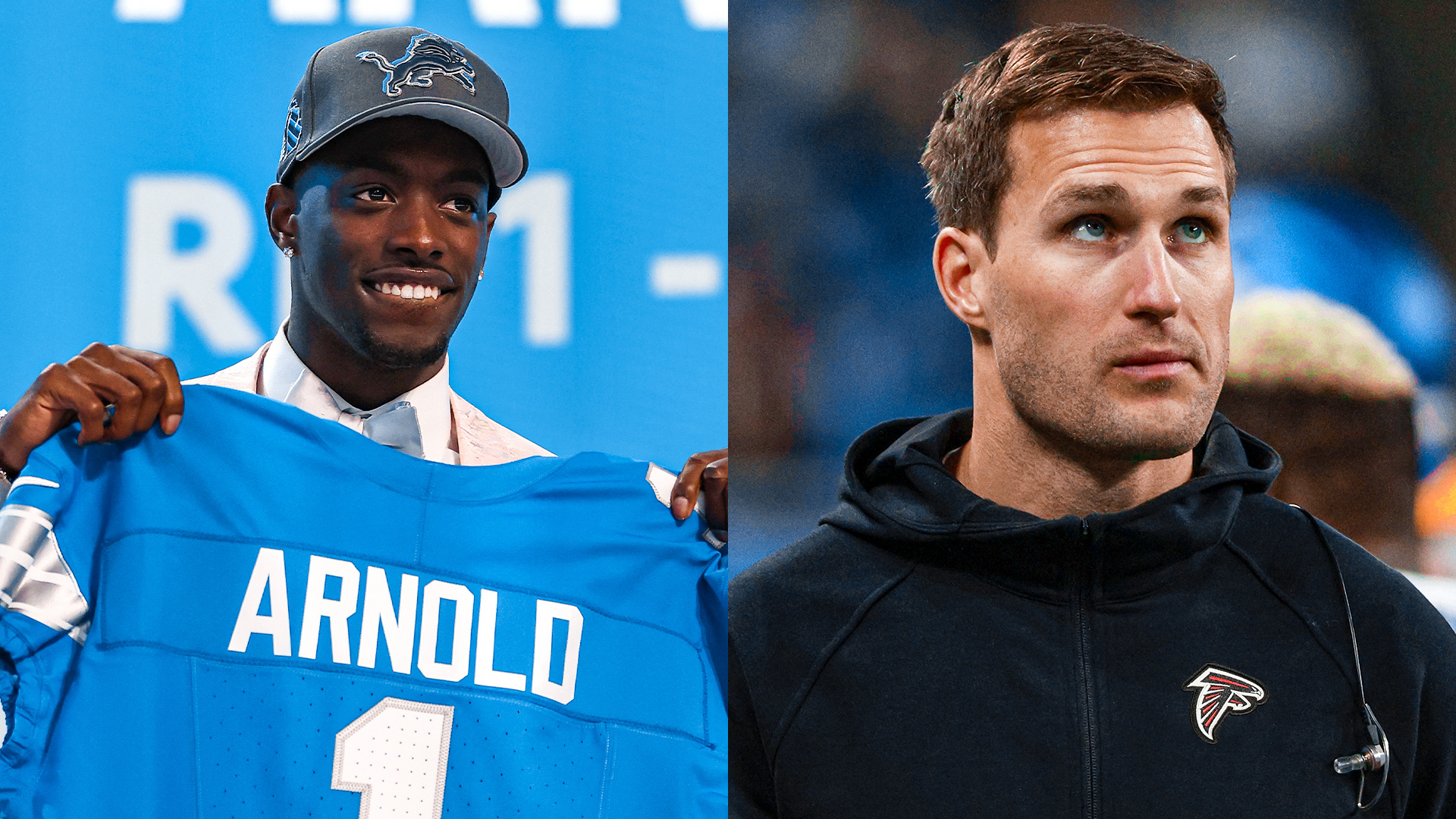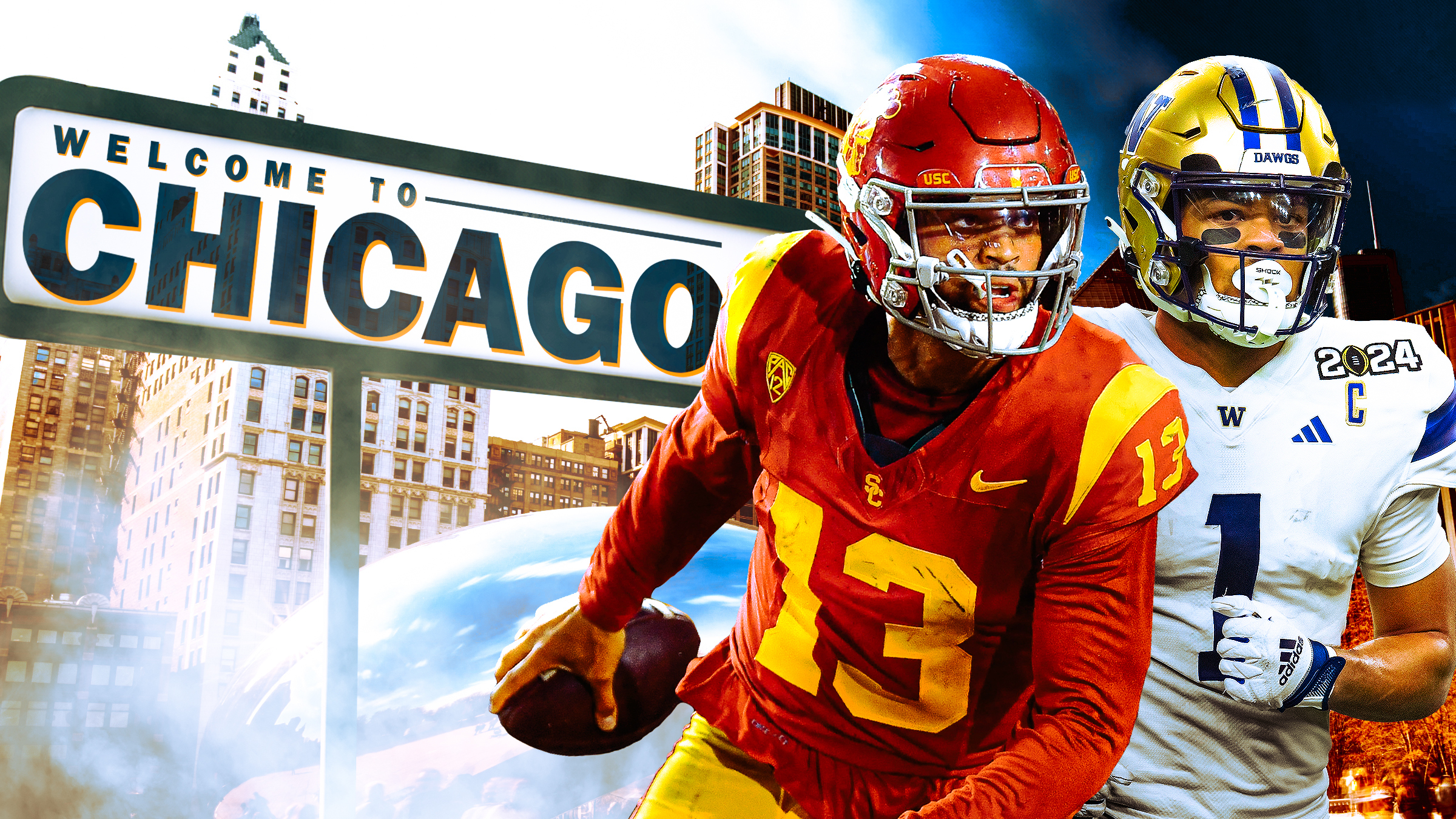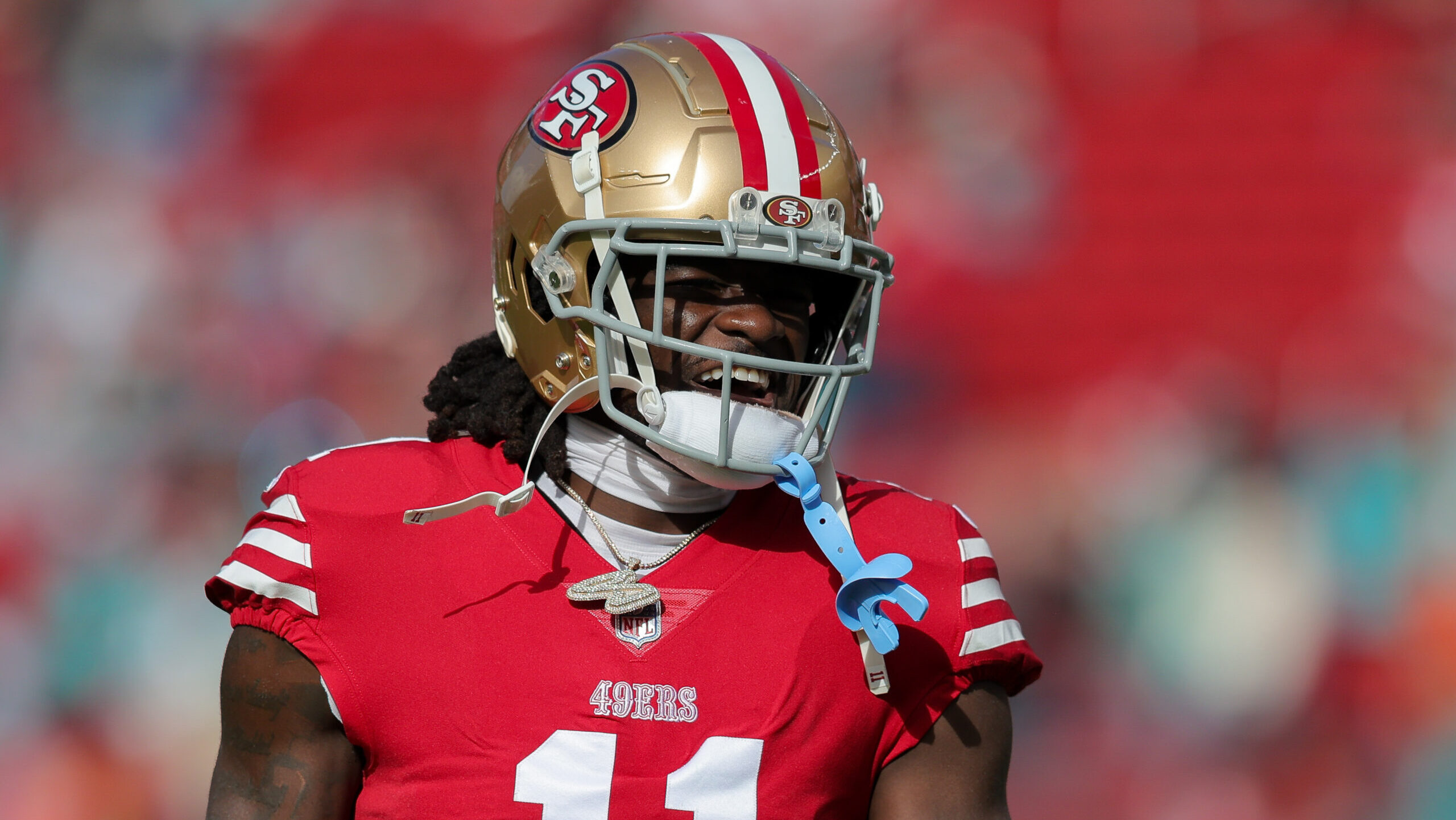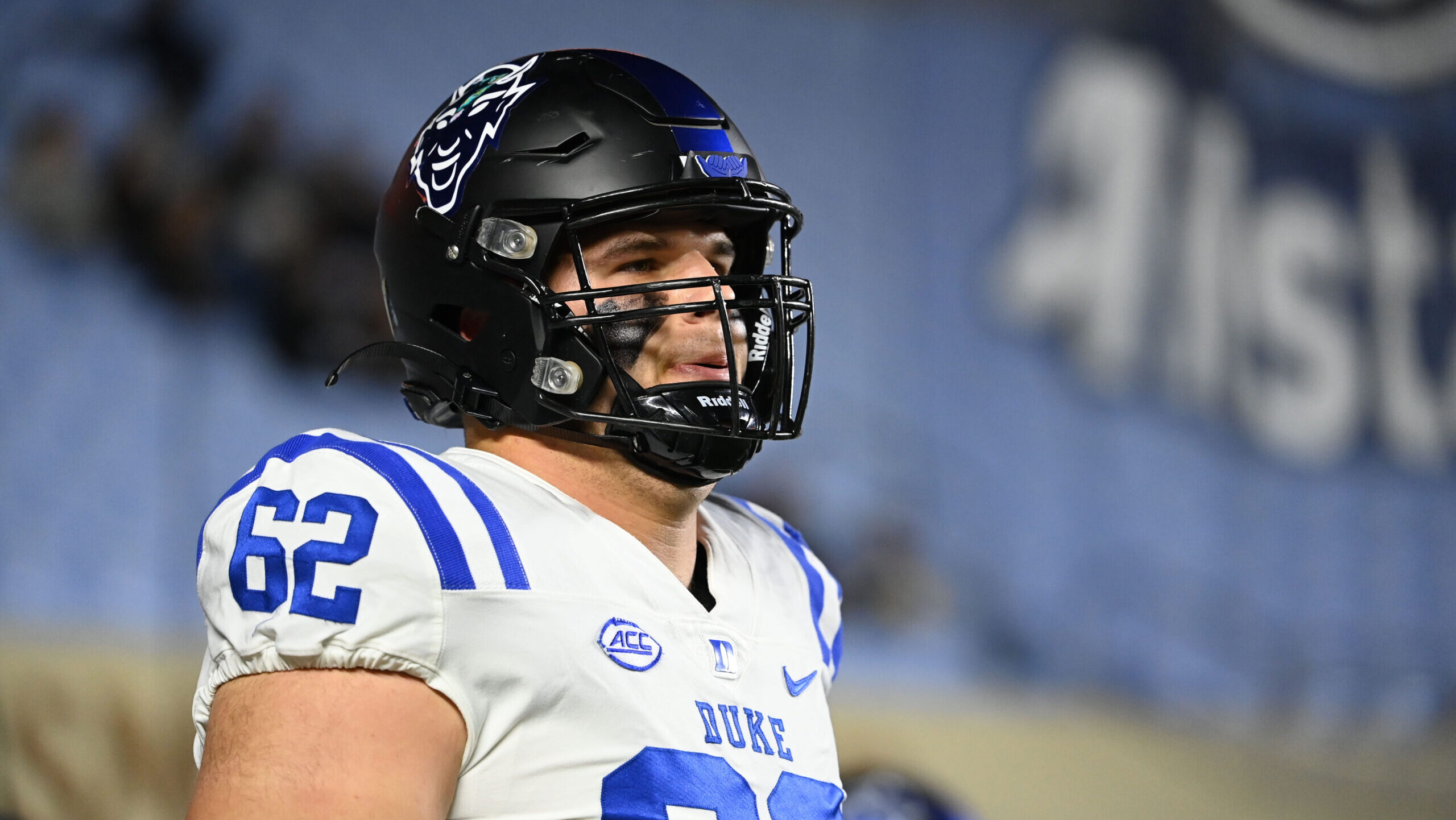Analysis
6/8/23
7 min read
10 Ways NFL Stats Need To Be Overhauled
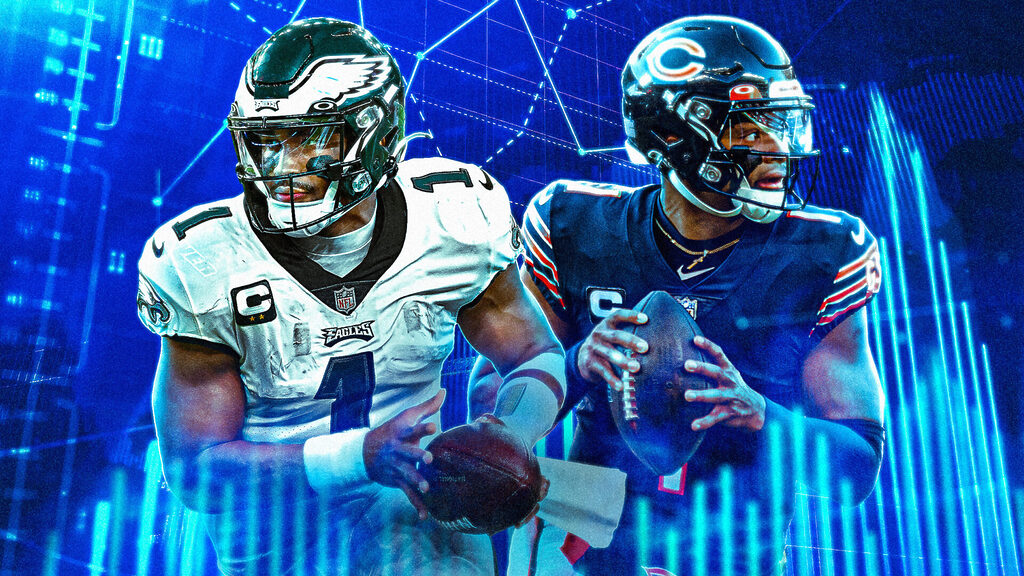
NFL statistics and data have come a long way. Advanced metrics and analytics present the game smarter on paper each year. Still, we can’t help but heavily weigh the big traditional stats. And some of those remain – or have become – deeply flawed. Here are some new norms we should establish in mainstream statistics.
10 Ways to Overhaul NFL Statistics
1. Scramble Yards = Passing Yards, Not Rushing Yards
A quarterback scramble happens on a called pass play, often in an obvious passing situation and behind pass blocking, against pass rushers and pass coverage defenders. The only “run” part of it is the quarterback didn’t happen to throw the ball. By those standards, we should count sacks as negative run plays – which would be foolish.
Last year, the Chicago Bears led the league with 177 rushing yards per game. But Justin Fields’ scrambles accounted for almost 23 percent of those yards. Without those, Chicago averaged 137 yards rushing per game, which ranked fourth. That’s still good, but not special. Plus, while we’re at it …
2. Separate Stats By Down and Distance
First- or second-and-10 or less in non-two-minute situations often are referred to by coaches as “normal down and distance” (NDD). This is where defenses must account for the pass and run. It’s where run games really should be evaluated. Not to pick on the Bears again, but in these scenarios, with scrambles still discarded, their run game ranked seventh (87 yards per game). That’s still good, but definitely not exceptional.
Play-calling also should be examined in these terms. In early May, stories ran about how Miami Dolphins head coach Mike McDaniel had apologized to running back Raheem Mostert for not running the ball more in 2022. McDaniel likely was sincere because the Dolphins ranked 31st in total rushing attempts. But it wasn’t as lopsided as it appeared; in NDD situations they ranked 21st in rushing attempts and run-play frequency.
When offenses talk about establishing the run and defenses talk about stopping it, they’re talking about NDD situations. We should regard rushing stats accordingly.
3. View Run Plays by Success Rate Instead of Yardage
This one is debatable because it treats a 5-yard run the same as a 40-yard run. This is the argument for it: an offense might call a deep pass hoping to gain 40 yards, but it doesn’t call a run hoping to gain 40 yards. Coaches call runs to stay ahead in the chains, control the flow and regulate the defense (mentally and physically). Explosive gains on the ground are gravy.
So in certain instances a team that runs the ball for 5 or more yards on seven of 10 snaps for a total of 51 yards can actually achieve more with its ground game than a team that runs the ball for five or more yards on two of 10 snaps but totals 60 yards. If you think this crosses the “overthinking it” threshold, fair enough. But success rate is a great way to reflect run game sustainability. And sustainability is what the run game is largely about.
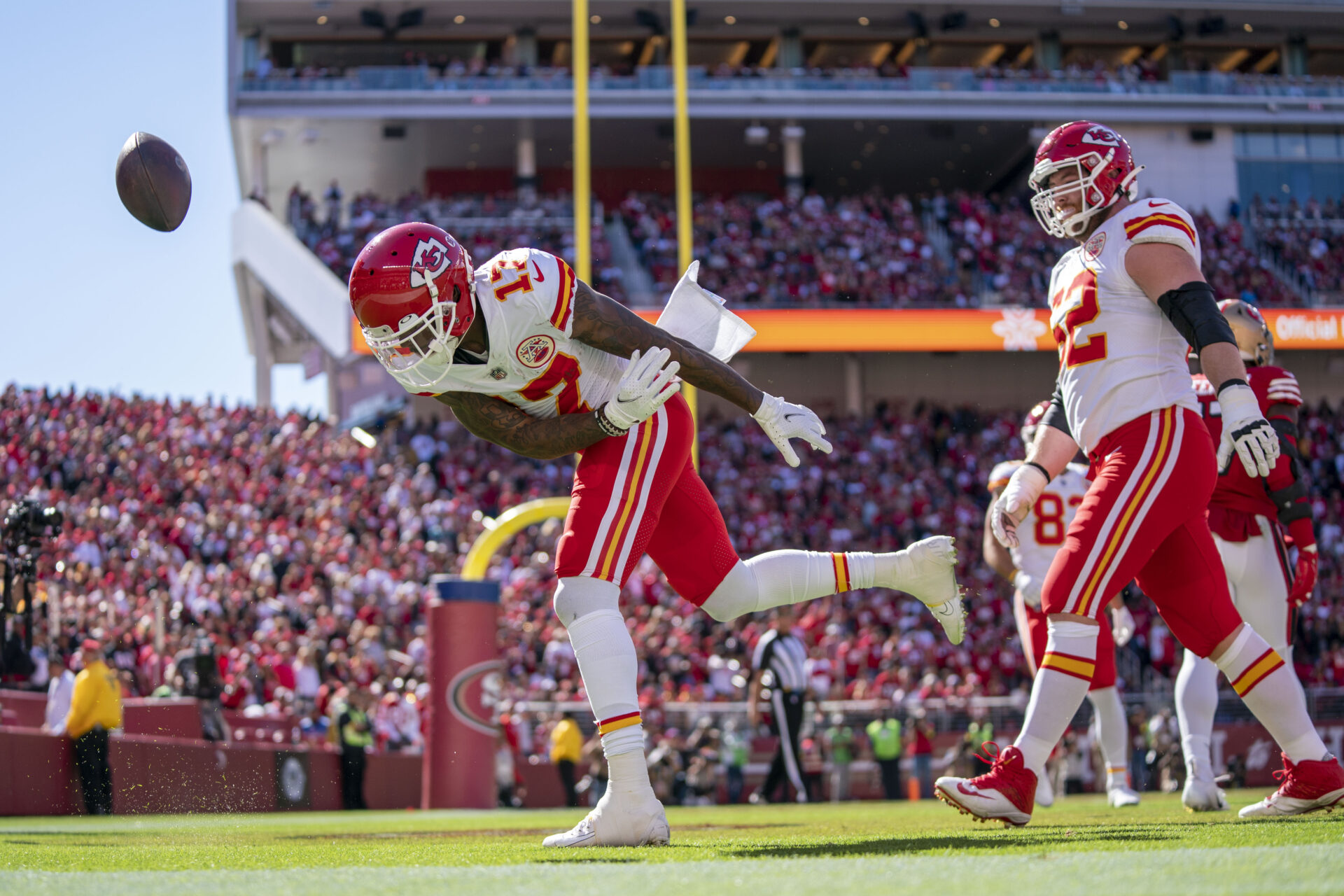
4. Jet Pass = Run Play
If a quarterback is under center and gives the ball to a jet sweeper, it’s a handoff and a run. If a quarterback in shotgun gives the ball to a jet sweeper, it’s a pass because the quarterback happens to push the ball 6 inches through the air. There is no need to discuss this one.
5. Spikes Should Not Be Considered Incompletions
No need to discuss this one either. Are there technical arguments for counting these as passes? Of course, just like with the jet passes. While it’s technically a “correct” argument, it’s not a good one.
6. Turnovers That Aren’t Turnovers
An interception or lost fumble on the final play of the half does not result in a change of possession or flipped field position. The teams retreat to their locker rooms just like they would have after a completion, incompletion, sack or anything else. So why is it considered a turnover? Possession and field position did not turn over.
A fourth-down turnover often has a similar effect. Barring a long return, a fourth-down interception nets the same result as a punt. So from a team statistical standpoint, either don’t count these interceptions as interceptions or, since a fourth-down incompletion can have a dramatic field position impact, count those as team turnovers.
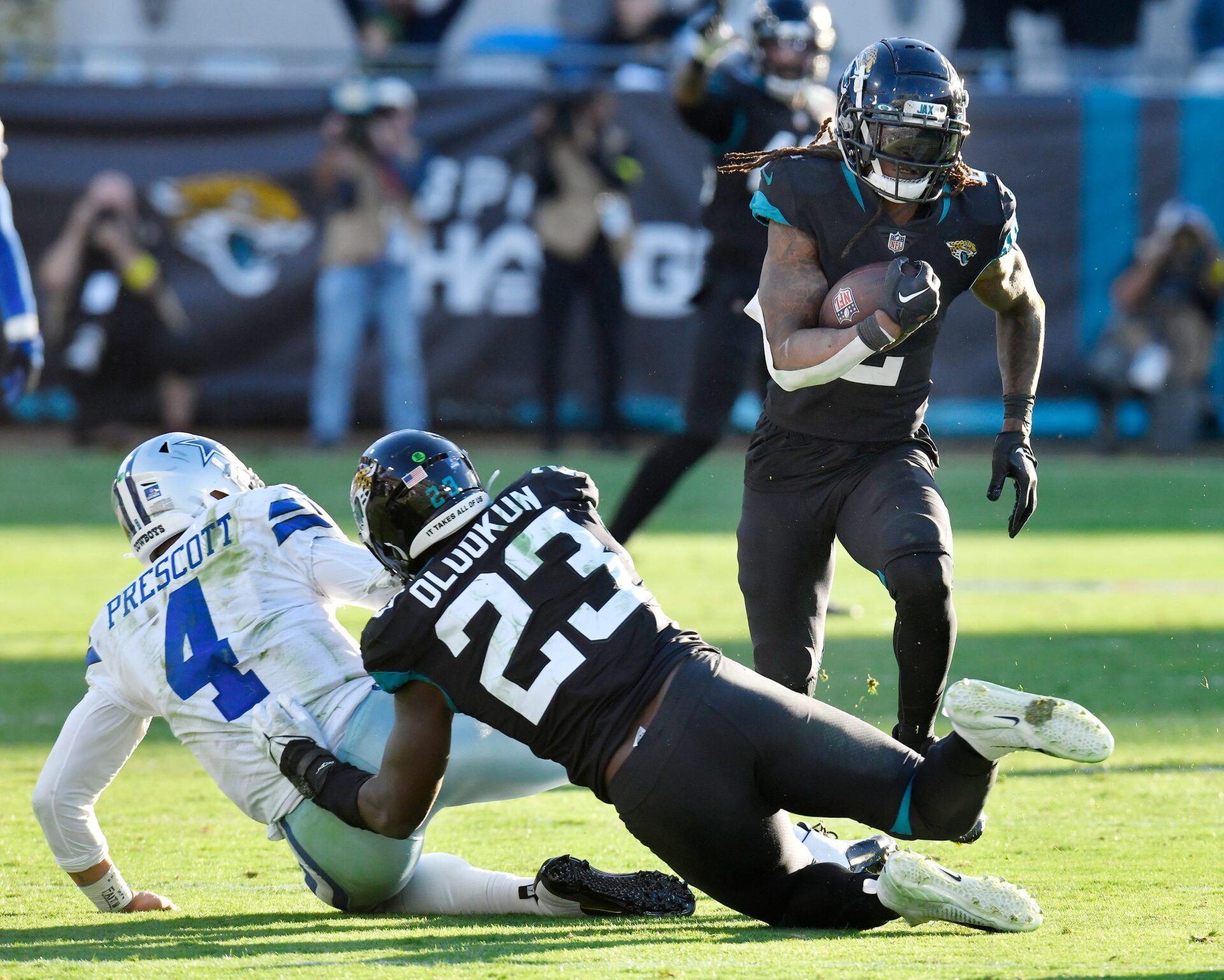
7. View Interceptions as Team Stats More Than QB Stats
During the pandemic, I studied all 626 interceptable passes from 2019 (players caught two-thirds and dropped one-third). The QB was the primary culprit on just 64 percent of them. He was the only culprit on less than half. Receiver mistakes, pass-rush impact and exceptional defensive play on the back end were all consistent factors. I’m not saying we shouldn’t count a quarterback’s interceptions. But we should consider them first as his team’s interceptions.
8. Penalties Should Count
DeAndre Hopkins was right when he said a receiver should get credited yardage when he draws a pass interference flag. The overwhelming majority of pass interference fouls result from a receiver beating a defender. Even on the more-than-half of DPIs that result from an underthrown ball, a receiver beating a defender instigated the throw often. A 35-yard DPI yields the same result as a 35-yard completion.
The same should go for holding. We should consider a drawn holding foul as a sack, or at least a half sack, because it does not come with a loss of down. Holding doesn’t typically occur because a blocker was sloppy; it occurs because a blocker got beat.
9. Create a Screen Yards Stat
Screen passes exploit a defense entirely differently than a conventional downfield pass. They’re the run-play version of a pass. So count rush yards, pass yards and screen yards separately. That also paints a clearer picture of an offense’s identity.
10. Change Offense and Defense Rankings
Amazingly, the league still ranks teams by yards gained and allowed. That needs to shift to points. And while we’re at it, start confining points to the specific units. If the Washington Commanders offense throws a pick-six to the New York Giants defense, the current ranking system attributes those points to the Commanders’ defense and Giants’ offense. This is incorrect – like a program bug or clerical error.
If you’re concerned about those defensive scores being reflected somewhere in the stats and rankings, start ranking units by net points. An offense that scores three touchdowns (18 points) and throws a pick-six nets 12 points. That offense would rank higher than the offense that nets 11 points, even if the 11-point offense gained more yards.
Andy Benoit worked for Sean McVay and the Los Angeles Rams coaching staff from 2020 through 2022. Before that, he was a football analyst, writer and content producer for Peter King’s MMQB at Sports Illustrated, as well as at CBS Sports and The New York Times. You can follow him on Twitter @Andy_Benoit


